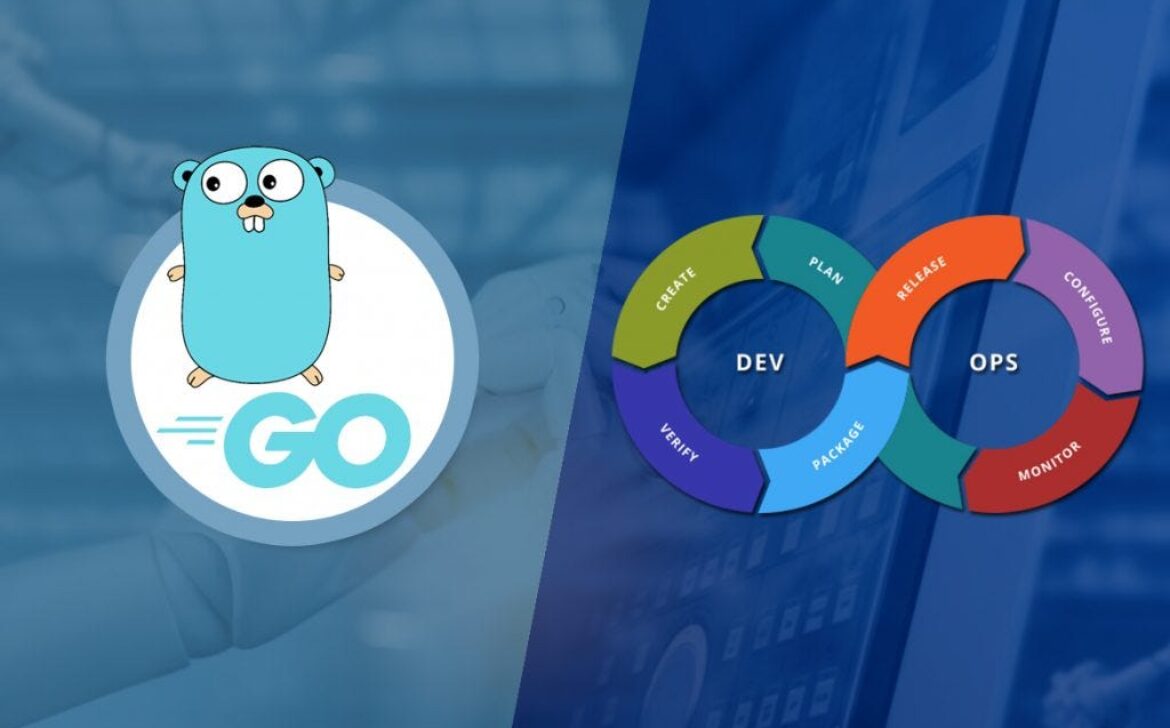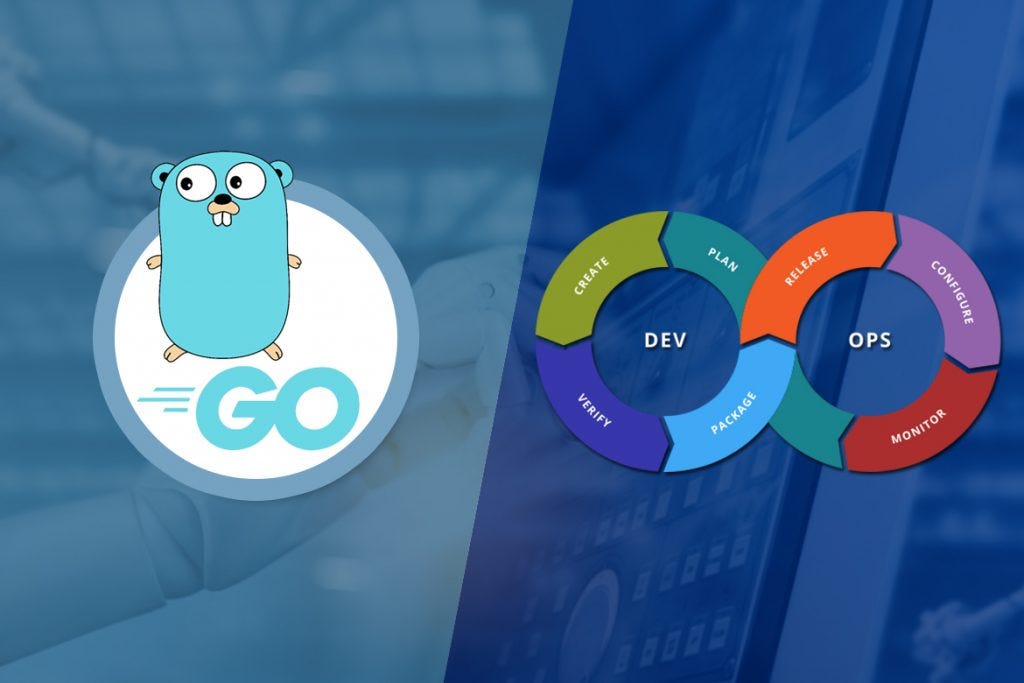
INFORMATION:
Cybersecurity is the practice of protecting computer systems, networks, and data from unauthorized access, cyberattacks, damage, or theft. It encompasses a range of technologies, processes, and practices designed to safeguard digital information and assets against various threats, including malware, phishing, ransomware, and other forms of cybercrime. The goal of cybersecurity is to maintain the confidentiality, integrity, and availability of data and systems, ensuring they remain secure and operational in the face of potential threats and vulnerabilities.
IMPORTANCE:
Protection of Sensitive Data:
In today’s digital world, businesses and individuals store vast amounts of sensitive information online, including personal data, financial records, intellectual property, and trade secrets. Effective cybersecurity measures help safeguard this data from unauthorized access, theft, or misuse.
Preservation of Privacy:
Cybersecurity ensures that individuals’ and organizations’ privacy rights are respected by preventing unauthorized parties from accessing or monitoring their online activities, communications, and personal information.
Prevention of Financial Loss:
Cyberattacks can result in significant financial losses for businesses and individuals through theft, fraud, extortion, or disruption of operations. Strong cybersecurity defenses help mitigate these risks by reducing the likelihood and impact of successful cyberattacks.
Protection of Infrastructure:
Critical infrastructure sectors such as energy, transportation, healthcare, and finance rely heavily on interconnected computer systems and networks. Cybersecurity safeguards these systems from attacks that could disrupt essential services, endanger public safety, or cause economic damage.

Here’s how cybersecurity helps:
Fraud Detection Systems:
Advanced fraud detection systems analyze patterns of user behavior and transaction data to identify suspicious activities, such as unusual spending patterns or login attempts from unfamiliar locations. These systems can automatically flag and investigate potentially fraudulent transactions, protecting users from financial loss.
Educational Awareness:
Cybersecurity awareness programs educate users about common frauds and scams, empowering them to recognize warning signs and take appropriate actions to protect themselves. Training programs cover topics such as phishing awareness, password security, and safe online practices.
Secure Online Transactions:
Secure sockets layer (SSL) encryption and transport layer security (TLS) protocols ensure that online transactions, such as e-commerce purchases and online banking, are conducted securely, protecting users’ financial information from interception and unauthorized access.
CONCLUSION:
Cybersecurity is not just a necessity but a critical aspect of our digital lives, protecting us from a myriad of threats such as frauds and scams. As our reliance on technology continues to grow, so too does the importance of safeguarding our digital assets and personal information.
























